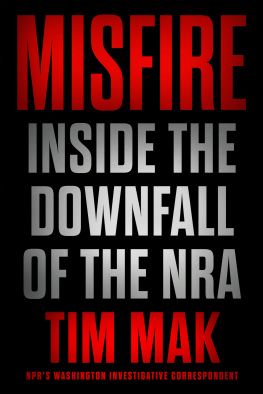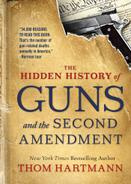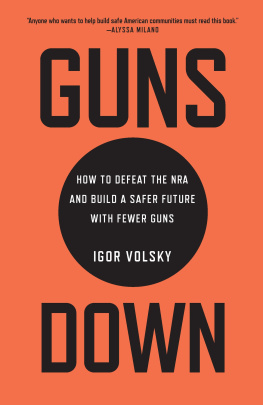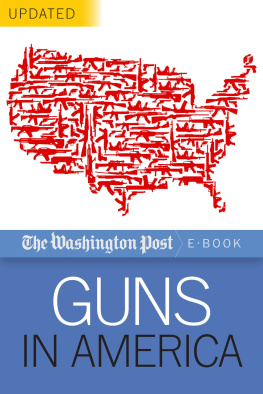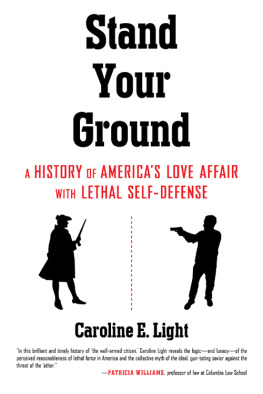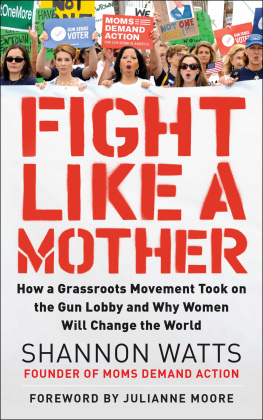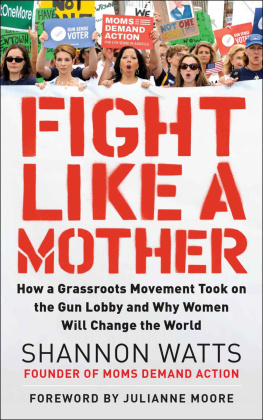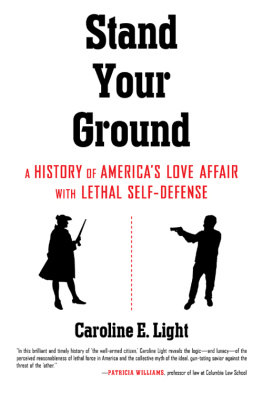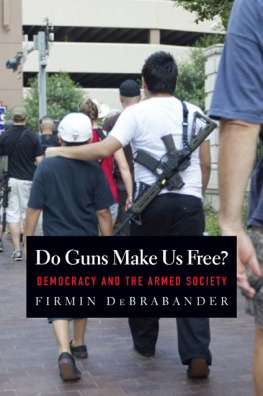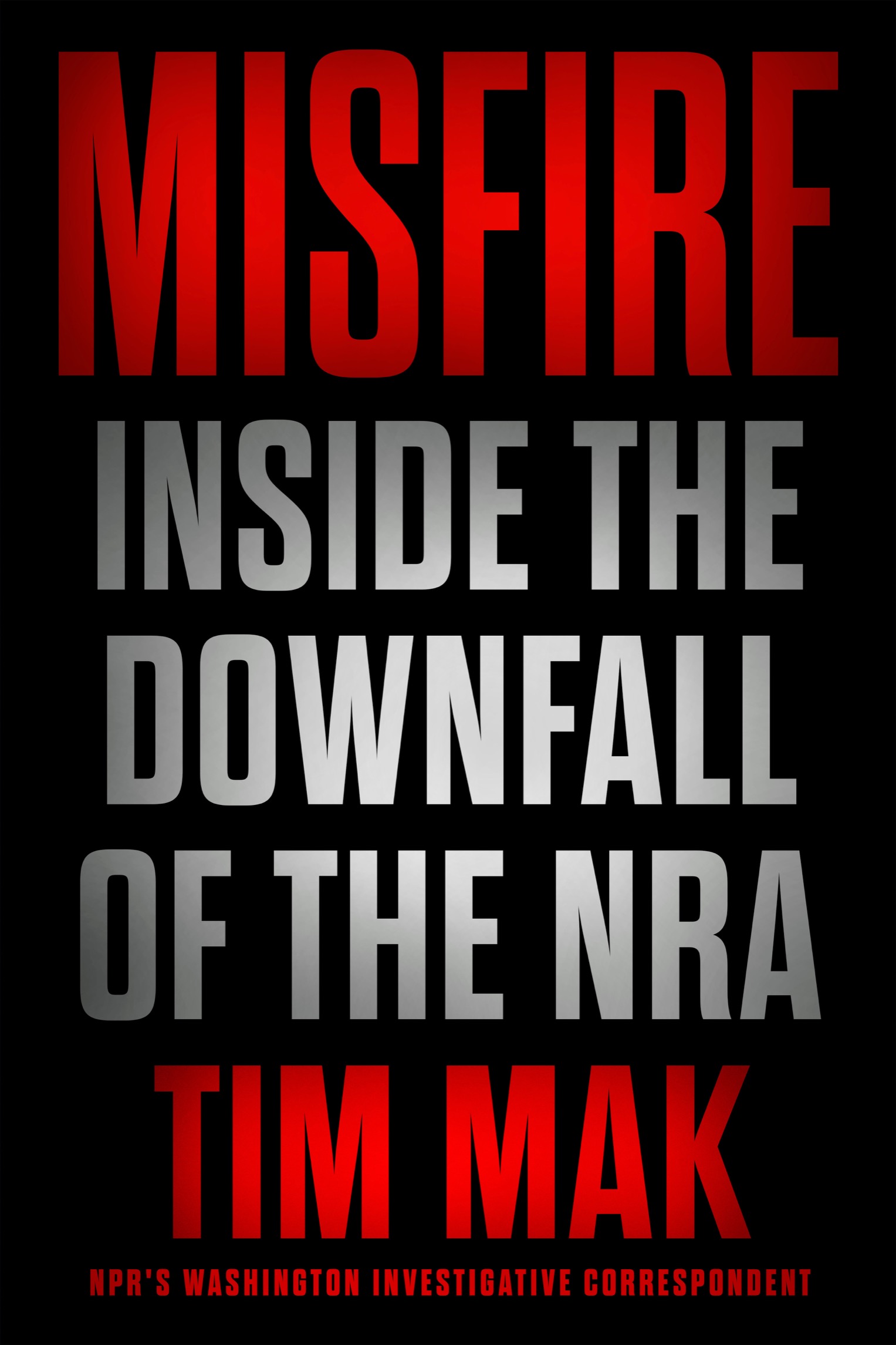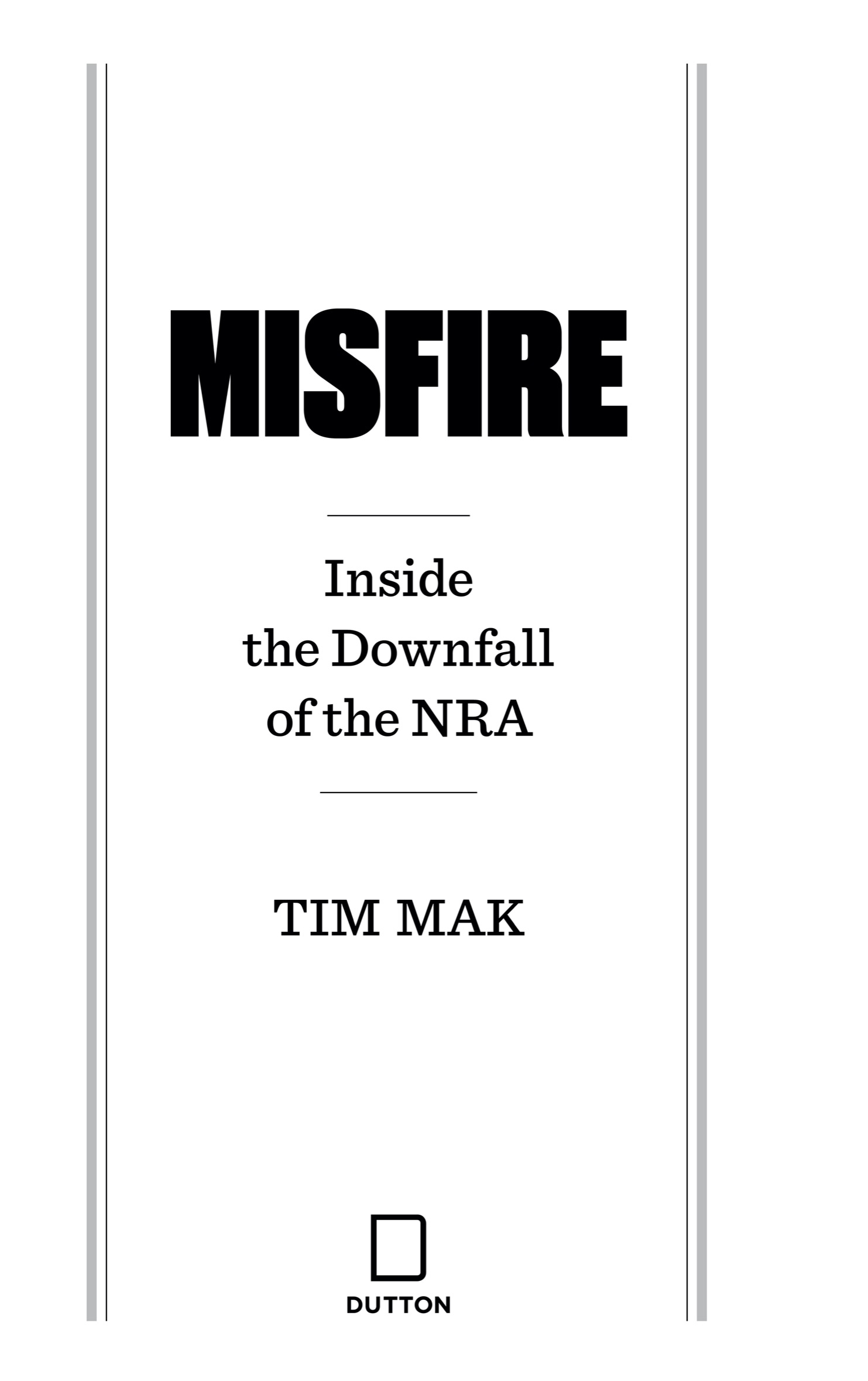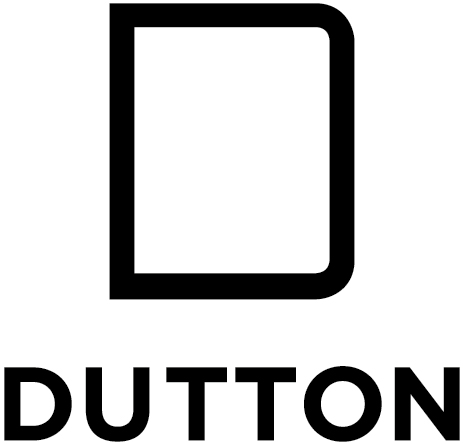This book is the product of roughly 120 interviews over the course of nearly three years. The vast majority of those interviewed have been employed by the National Rifle Association or its contractors.
I offered many sources anonymity so that they could speak frankly about their experiences and observationsmany had concerns that they could face professional consequences or legal risks as a result of the myriad investigations and lawsuits that the NRA is entangled in. These interviews are not marked in the endnotes.
I also relied on thousands of pages of leaked documents that were provided to me by a variety of sources. These include confidential depositions, internal NRA emails, and closely held NRA documents.
Quotes in this book are sometimes reconstructed based on source recollections but more often rely on confidential sworn depositions, which I have obtained and marked in the endnotes. The confidential sworn depositions were taken as part of litigation between the NRA and one of its contractors, Ackerman McQueen, and filed under seal in the U.S. District Court for the Northern District of Texas.
Ive made an attempt to reach out to all the major players in this saga. Wayne and Susan LaPierre, whom I tried to contact through the NRA, the NRAs primary law firm, and Waynes personal lawyer, did not respond to requests to be interviewed. Further, they did not respond to a detailed list of questions posed to them. The NRA did not respond to a list of questions related to this book.
Introduction
Youre a big boy, right?
Wayne LaPierre froze. He was the chief executive officer and executive vice president of the National Rifle Association, one of the most powerful political organizations in America. Normally a person in his position, with his influence, wouldnt tolerate being spoken to this way.
Yet in the fall of 2019, everything was falling apart for the NRA. For years, Wayne had feted celebrities and wealthy businesspeople, taken lavish vacations and safaris, clothed himself in designer suits and ties, and enriched his familylargely thanks to his nonprofit organization.
When details of this wanton corruption had burst into the news that spring, Wayne had concocted a false narrative that he and his lawyers thought could exculpate him: his total blindness to the misdeeds he himself had set in motion. He knew nothing about the misconduct within the NRA. He knew nothing about the bills he had authorized. He knew nothing about the contracts he had signed off on. He, the head executive of Americas most powerful advocacy group, had been the hapless victim of manipulative friends and conspiratorial foes.
They forced him to buy the clothes on solo trips to a luxurious menswear store on Rodeo Drive in Beverly Hills. Security threats forced him to take the private jetsand his extended family too, even when he was not with them. The NRAs ad agency forced him to shop for a mansion in Dallas with his wife. Business requirements forced him to take trips to the Bahamas, with the use of a private yacht. He had never wanted any of it, and in fact, Waynes supremely ethical judgment and quick thinking had actually saved the NRA from ruin!
In the process of defending himself, he would leave behind everyone who had brought him there. If I lose every friend, he defiantly said, Im prepared to do it.
His insistence on saving himselfover his cause, his friends, and the organization to which he had devoted his adult lifewould be taken poorly by those he had betrayed. It would lead, as these corporate blood disputes so often do, to high-priced lawyers. He was now surrounded by a pack of them, sitting uncomfortably in a boardroom at Schertler & Onorato, a law firm specializing in litigation.
Inside the law firms imposing concrete-and-granite offices in downtown Washington, D.C., one of these lawyers was mocking him. At the time, among the most outrageous public claims about his misconduct related to some six figures worth of Italian luxury wear from the Beverly Hills boutique Zegna. Wayne had taken the clothing and charged it to an outside advertising agency. He had been such a common guest at the Beverly Hills store that he had a regular sales rep named Noah. Called to account for this, he blamed the agency, Ackerman McQueen, for forcing him to make the purchases.
Youre a big boy, right? asked David Schertler, an attorney for Ackerman McQueen, which had for decades been the NRAs symbiotic public relations firm.
Yes, LaPierre managed.
Youre close to 70?
Yes.
You can make your own decisions about what clothes you need and what clothes you dont need. Youve been dressing yourself now for a number of years.
It was a stinging rebuke. And Wayne was keenly aware of his age. At that moment, he might have thought about his own mortality. After all, his father had been diagnosed with Alzheimers at the age of seventy-five. He could have retired years ago, and NRA insiders believe that he contemplated it seven years prior, just before the shootings at Sandy Hook Elementary School in Newtown, Connecticut, changed the trajectory of his life and the National Rifle Association forever.
In the dark wake of the shootings at Sandy Hook, the NRA made a strategic choice: to double down. It took part in negotiations over the Manchin-Toomey universal background check bill, only to withdraw at the last minute and mobilize NRA supporters against the legislation. In the aftermath, it marched into the conservative culture war. It shifted further to the right, embracing Republicans entirely and abandoning even the pretense of outreach to Democrats. This would work for a time, during the Obama years, but a crash was coming.

